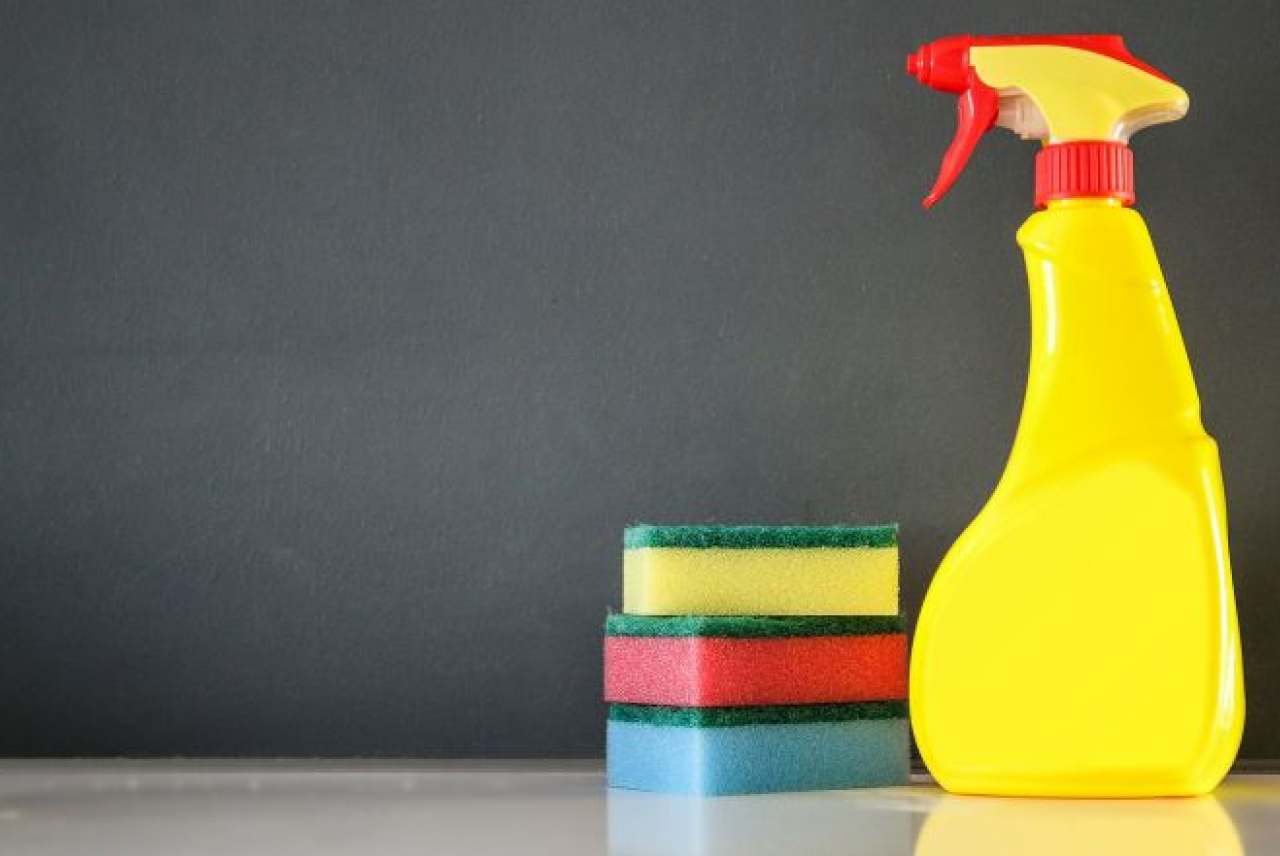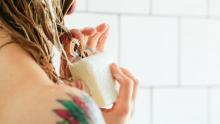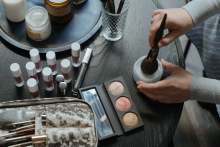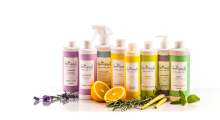The Toxic Trio
Parabens
Parabens are a group of compounds widely used as an antifungal agent, preservative and antimicrobial. According to breast cancer charities, they are absorbed through the skin and have been identified in biopsy samples from breast tumours.[1]
Parabens are also linked to hormone disruption, reproductive toxicity, immunotoxicity, neurotoxicity and skin irritation.[2]
The EU has banned five parabens from cosmetics but not the most common ones used in products – methylparaben, propylparaben, and butylparaben. However, it has restricted the amounts of these that can be used in products.
Triclosan
Triclosan and triclocarban can be used as an antimicrobial in cleaning products. Its use in toothpaste, mouthwash, deodorants, cosmetics and hand soaps is restricted by the EU whilst, last year, the US banned its use in liquid soaps and bars of soap.
Triclosan, which is classified as a pesticide, can affect the body’s hormone systems – especially thyroid hormones, which regulate metabolism – and may disrupt normal breast development.
The EU classifies triclosan as irritating to the skin and eyes, and as very toxic to aquatic organisms, noting that it may cause long-term adverse effects in the aquatic environment. Widespread use of triclosan may also contribute to bacterial resistance to antimicrobial agents.
Phthalates
Phthalates are a group of hormone-disrupting chemicals that are most commonly used to make PVC soft and flexible but are also in synthetic fragrances. Fragrances are in everything from shampoo to deodorant and laundry detergent.
Phthalate exposure has been linked to early puberty in girls, a risk factor for later-life breast cancer.[1]
Several phthalates have been banned in the EU but not all, including diethyl phthalate (DEP). Because the chemical constituents of ‘fragrance’ or ‘parfum’ do not have to be listed on labels, one way to avoid phthalates altogether is to go for fragrance-free products or those free of synthetic fragrances.
Finding out what’s in the products?
Some consumers may want to look for parabens, triclosan and phthalates on the label and try to avoid these chemicals or any others.
Cleaning products only have to have a list of the main ingredient families in the product, and how much of each there is in the product in a series of weight ranges e.g. ‘Non-ionic surfactants < 5%’. But manufacturers also have to put a website address on the packaging of where you can get a list of each specific ingredient rather than just the families. Some more responsible cleaning products manufacturers list all their ingredients on their packaging.




